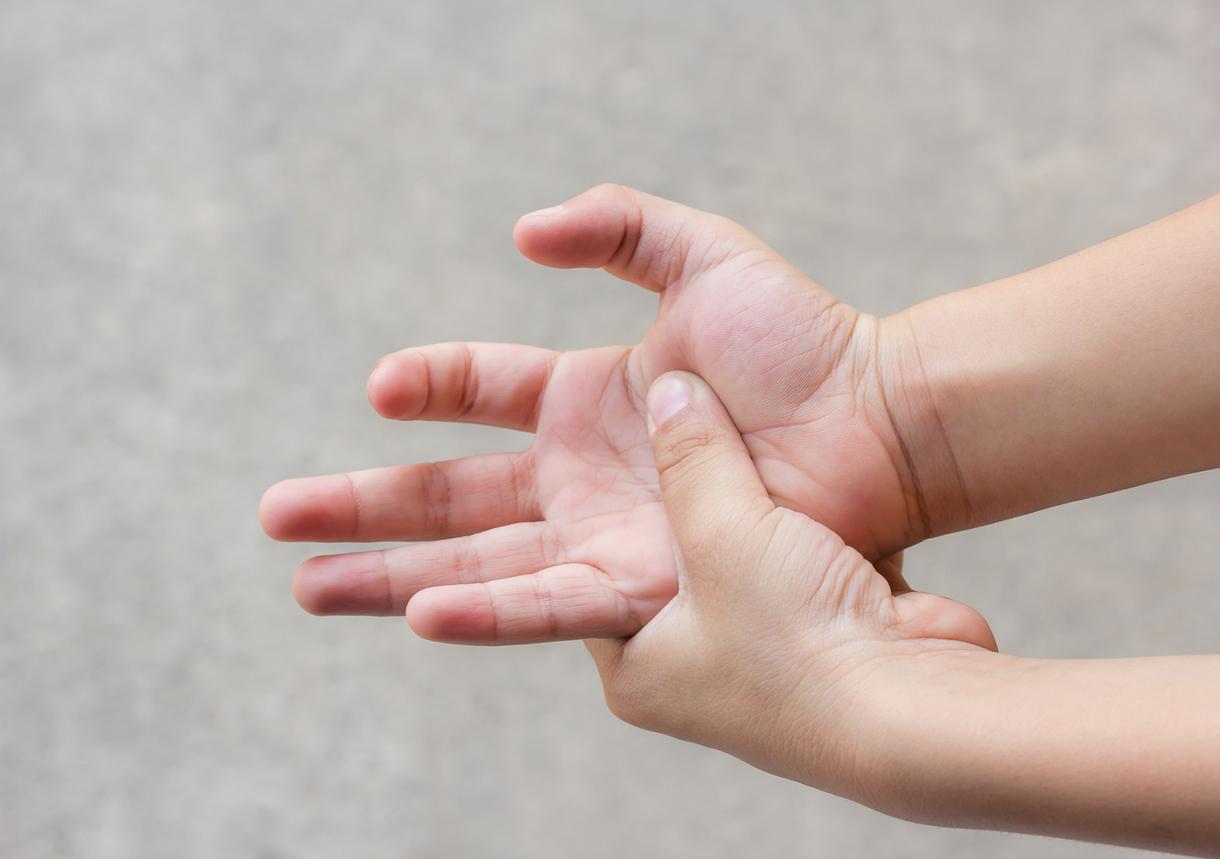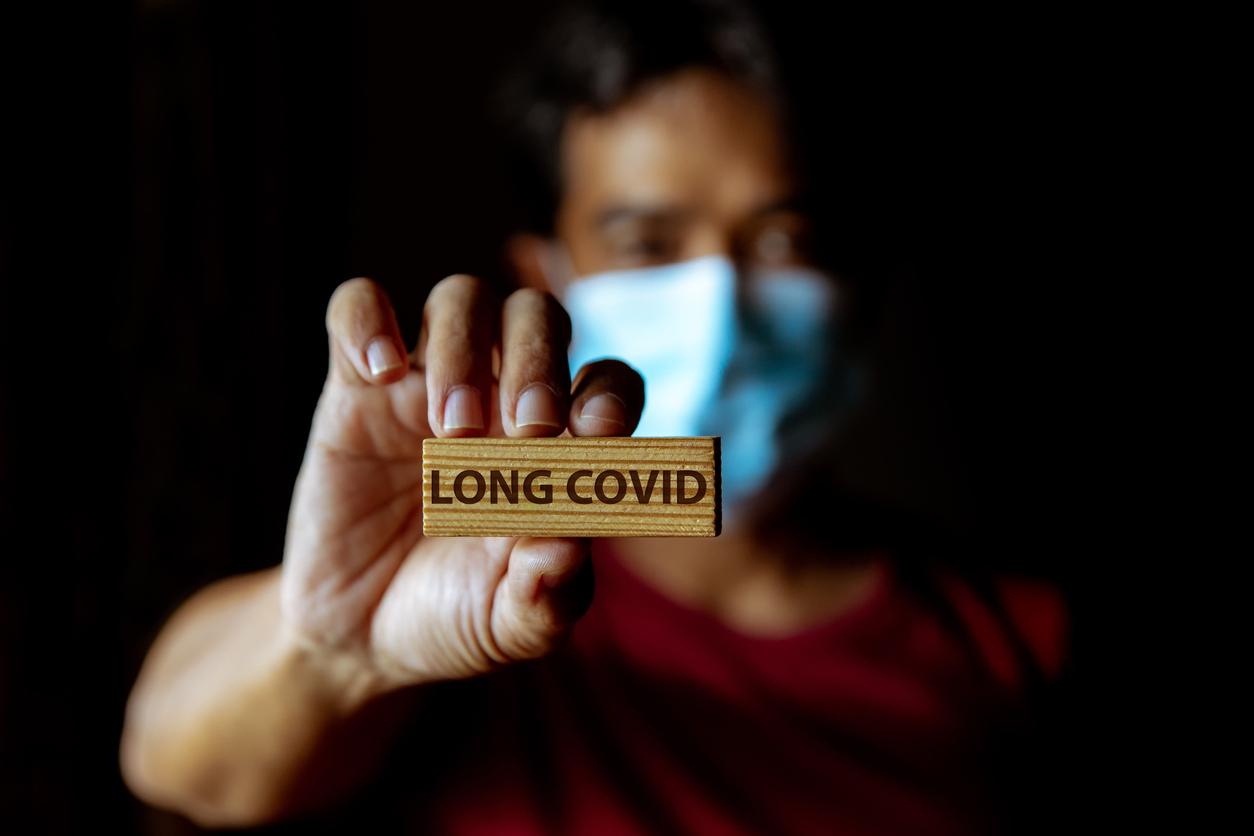There is no downside other than the annoyance of those next to the finger crackers. But if we crack since the dawn of time, we don’t know why until recently.

Who hasn’t heard the saying: “Stop cracking your fingers, you’ll have osteoarthritis later”? We will reassure parents and their children. As well as the adults who continue.
Cracking your fingers is not dangerous
It’s a pretty funny story. We are in the 1920s: a little American, Donald Unger, had the dirty habit of cracking his knuckles. And his mother kept telling him, “Stop it, Donald, you’re going to have arthritis!” Having become a doctor, he wanted to verify the statements of his mother. And he conducted a scientific study. Because he only cracked the knuckles of his left hand, not those of his right hand. And this, for 60 years!!! To be precise, the joints of his left hand cracked at least 36,500 times, while those of the right only cracked rarely and spontaneously. And result: not the beginning of the beginning of arthritis. Both hands were identical.
That said, a study with a single patient is a bit light as proof… But since then, other work has been carried out on the subject, and overall, there is no more osteoarthritis in crackers than at the others. On the other hand, we still noted a less firm handshake. Which in itself is not really dramatic.
Why do fingers crack
A mechanical habit for some, a horrifying mania for others, the fact of cracking one’s fingers has until now been shrouded in an aura of mystery. Where does the famous “crack” that you hear when you pull on your joints come from? Scientists have finally found the answer.
According to this study, crackles are due to the bursting of microscopic bubbles in the fluid of the joints of the fingers. A single bubble is sufficient to produce the noise.
When we snap our fingers, we separate our joints. And when we do that, the pressure drops and bubbles appear in the synovial fluid. During the joint cracking process, there are pressure changes in the joint that cause the bubbles to fluctuate extremely rapidly, leading to a sound that we associate with joint cracking.
It’s not just finger crackers. Some also crack their necks. It seems that there are even toe crackers. But, for the neck, it’s more annoying, because it’s generally always the same vertebral level that is solicited. Gradually, the ligaments will relax and the floor in question becomes unstable. To control this instability, it is the muscles that contract and in the long run, this can be painful!
And then there are joints that creak without you wanting to. This is especially the case for the hip. It is unpleasant because sometimes noisy. There, we know that it is the tendons that snap.
It’s also the same noise when you go to an osteopath, but it’s not essential for the session to be successful.
In conclusion, entire generations of parents have lied to their offspring by threatening them with osteoarthritis, simply because it pissed them off…

















